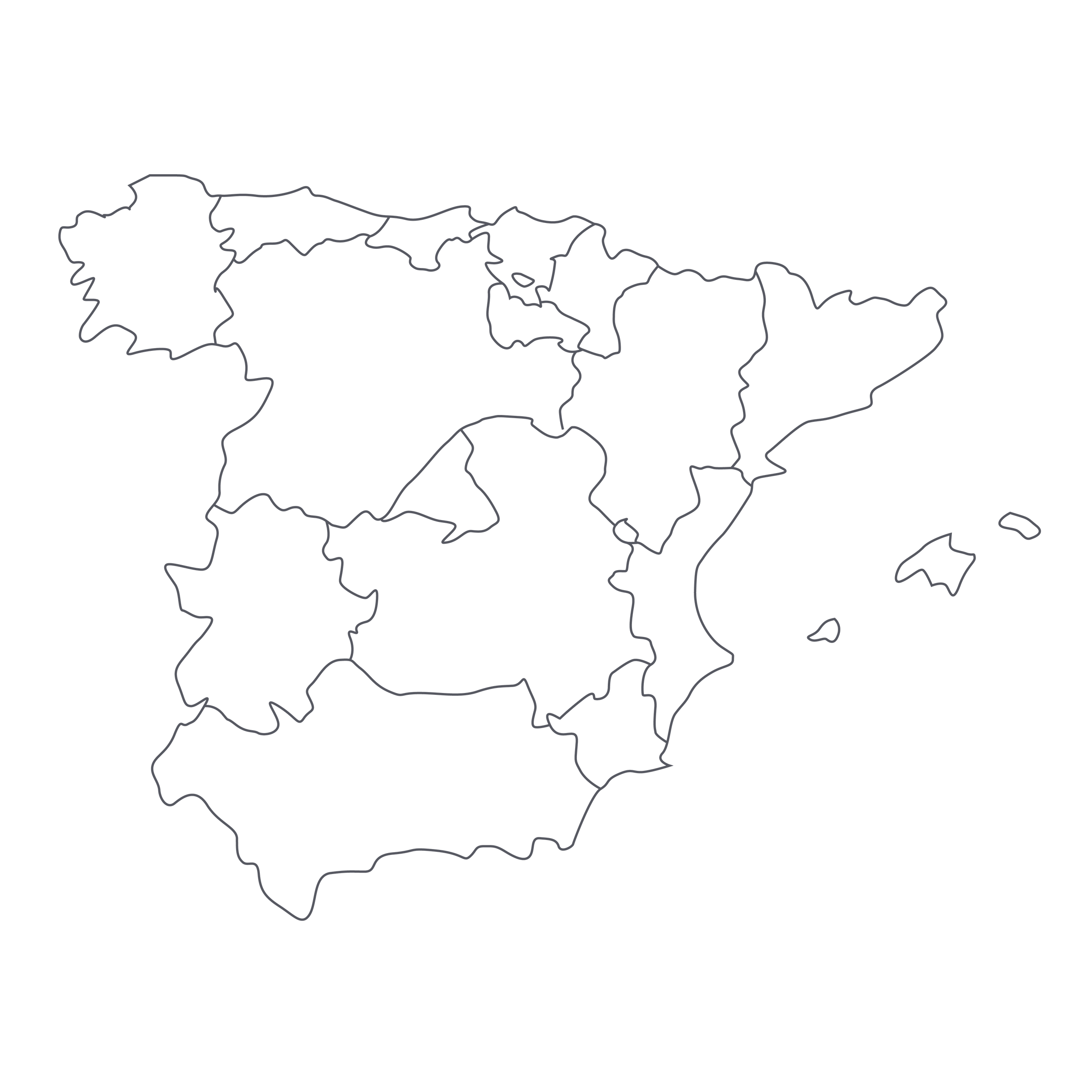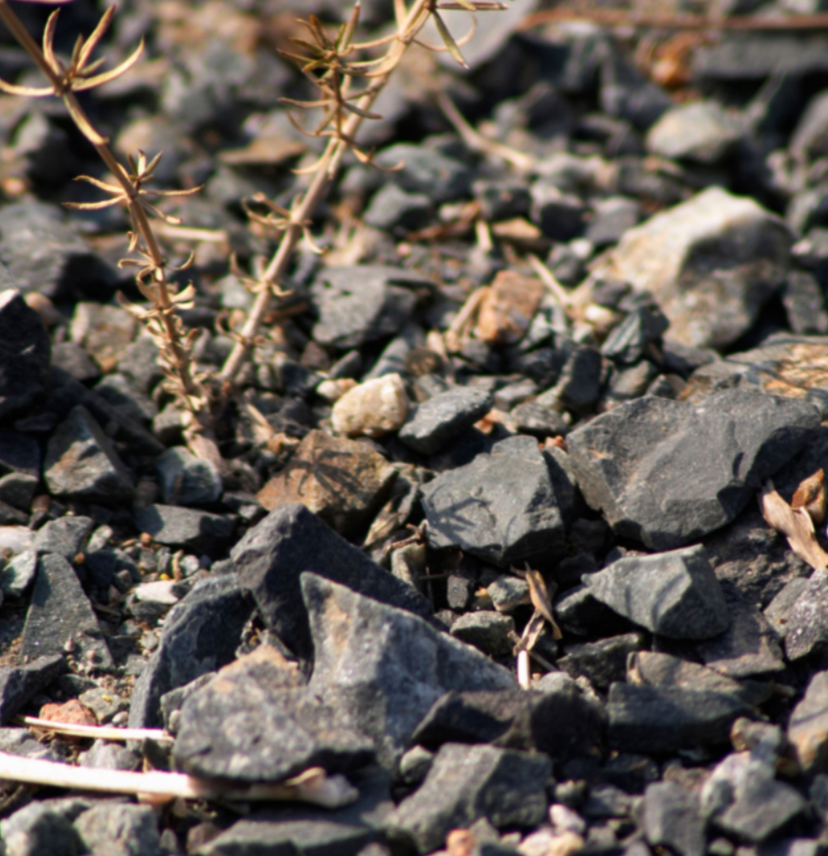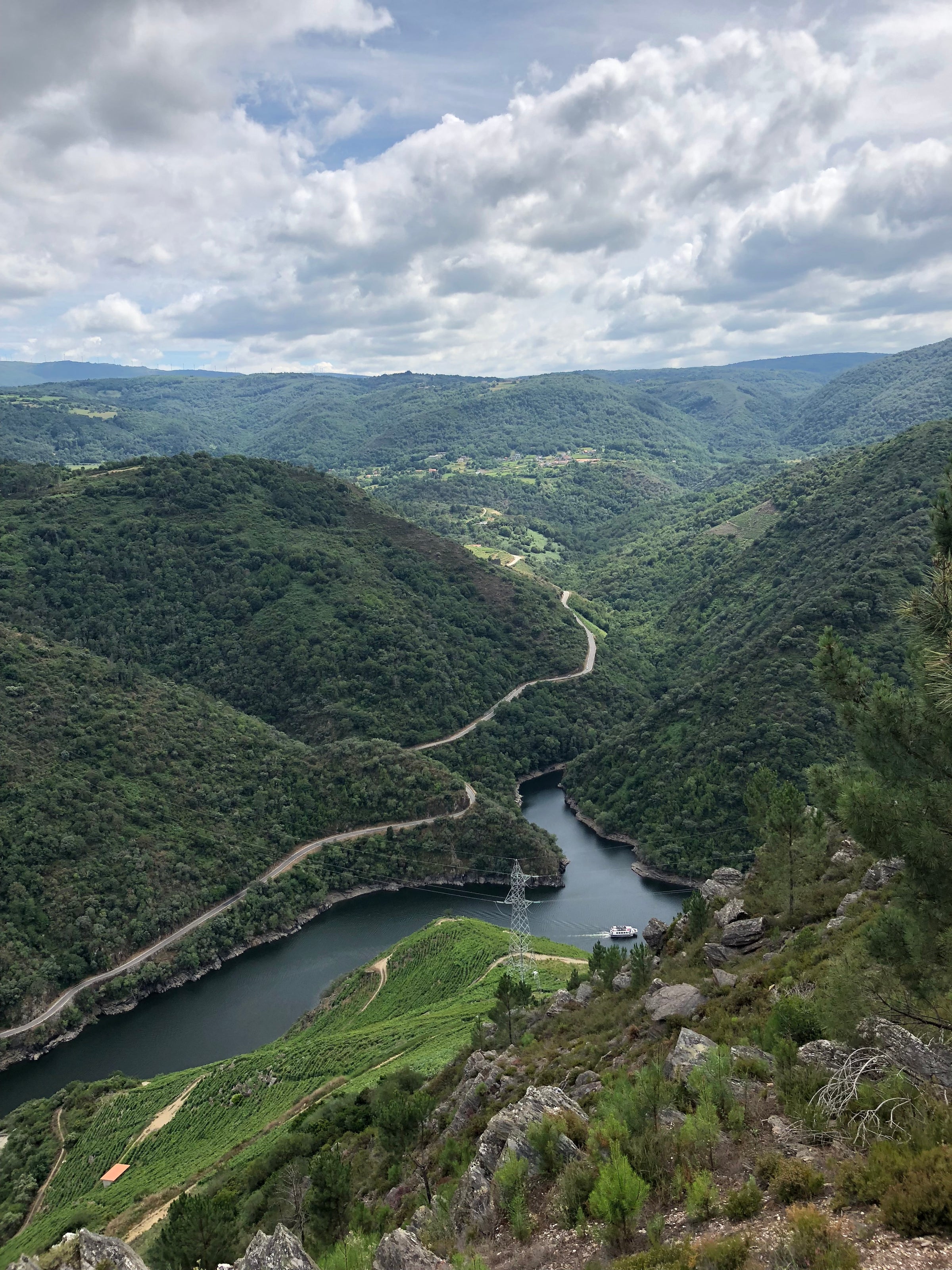Rioja is home to some of the world’s most historic wine estates, not to mention some of the most impressive when it comes to high quality at scale. As great as some of these classic bodegas are, I’m still a sucker for the little guys making a go of it among the region’s giants—especially when their wines are as authentically good as what Luis Palacios is making at Bodegas Inteus.
Today’s wine flat-out wowed us with its profound depth and soulfulness, and my big takeaway was this: It’s a wine that prioritizes ‘place’ over ‘process,’ very much to its (and our) benefit. I often feel like every conversation about Rioja ends up being about wood—as in wood barrels, what kind of wood barrels, how long the wine spent in wood barrels, etc. Master Sommeliers are trained to look for the telltale dill/coconut aromas imparted by American oak (Rioja’s cooperage of choice) when trying to identify a Rioja wine blind. There’s an ongoing “modern” versus “traditional” debate about Rioja that centers mostly on wood, too: Some people like Riojas that are rich, primary, and buffed to a high shine with new wood; others want the earthiness, secondary aromas, and varietal characteristics that tend to show more if older, more ‘neutral’ barrels are used. Today’s 2015, meanwhile, is all about grape and soil. Yes, it’s aged in oak barrels, but that’s incidental to its identity: What you taste in this wine is serious old-vine Tempranillo—or, more specifically, the low-yielding sub-variety Tempranillo Peludo—grown in the clay and limestone soils of Rioja Alavesa. It’s no exaggeration to say that we were moved by it. Yes, moved. If that sounds extreme for a sub-$30 bottle of wine, just taste it and you’ll see what I mean. It’s that good.
The Luis Palacios/Inteus story is not unlike those of the myriad grower Champagne houses we’ve featured here. Luis is one of a long line of growers in Rioja Alavesa, who’ve sold both grapes and juice to larger bodegas over the years. They became the first Certified Organic grower in Rioja, in 1980, and the crown jewel of the family holdings is a 150-year-old, ‘own-rooted’ vineyard planted to multiple strains of both Graciano and Tempranillo Peludo. The ‘Peludo’ clone, so named for the abundance of downy ‘hair’ on the back of its leaves, is notorious for its low yields, so at the end of the 1800s, when phylloxera ravaged vineyards throughout Europe, much of Rioja was re-planted to higher-yielding clones. But the Palacios family (no relation to Rioja’s other, many-branched Palacios clan) stayed true to Peludo throughout. Today, Luis is in possession of some of the oldest and most genetically diverse vineyards in the region; he currently farms about 35 hectares in total, including a host of sites that were spawned via selection massale (using plant cuttings from one vineyard to propagate another) from that 150-year-old “grandmother” vineyard.
The abundance of ‘hair,’ or more officially, stomata, on the underside of leaves enables those leaves to stay open, rather than wilt, in sunny/dry/hot conditions—meaning the vine can continue to photosynthesize in situations where others might shut down. This is one of the reasons Tempranillo Peludo, despite nearly becoming extinct, is so prized: the level of physiological maturity and concentration the fruit can achieve is unparalleled. As I said above, this is what really set this 2015 Crianza apart—its depth. It’s not just ‘sugar ripeness’ you taste in this wine, but something much more profound.
And while Luis originally began bottling some of his own production back in 2004, most of that wine remained unlabeled and unsold until very recently. The Inteus label, in fact, only surfaced in 2015, but it is catching on fast with sommeliers across the country—and for good reason. Today’s wine, sourced from 50-year-old Tempranillo Peludo in one of Luis’ organically farmed,
selection massale vineyards, was fermented on native yeasts and aged one year in a mixture of new and used French and American oak. In the glass, it’s got a saturated ruby core with magenta highlights and an explosive nose of blackcurrant, Morello cherry, huckleberry, ground coffee, dark chocolate, leather, wet clay, and tobacco. Medium-plus in body and more structured than most Crianzas, it has lots of minerality and a dustiness to its tannins that speaks to its ‘high desert’ place of origin. Aside from some warm spice notes, the oak component isn’t much of a factor here—it’s a luscious mouthful of ripe, dark fruit, balanced by freshness. Decant it 30 minutes before serving in Bordeaux stems at 60-65 degrees and enjoy it soon, and often, with all manner of meats; when I tasted this wine, I got an image in my head of Spanish blood sausages (
morcilla), and while I haven’t tried the attached recipe yet, it is on my to-do list. As for my “to drink” list, Inteus just shot right to the top. Check it out!





